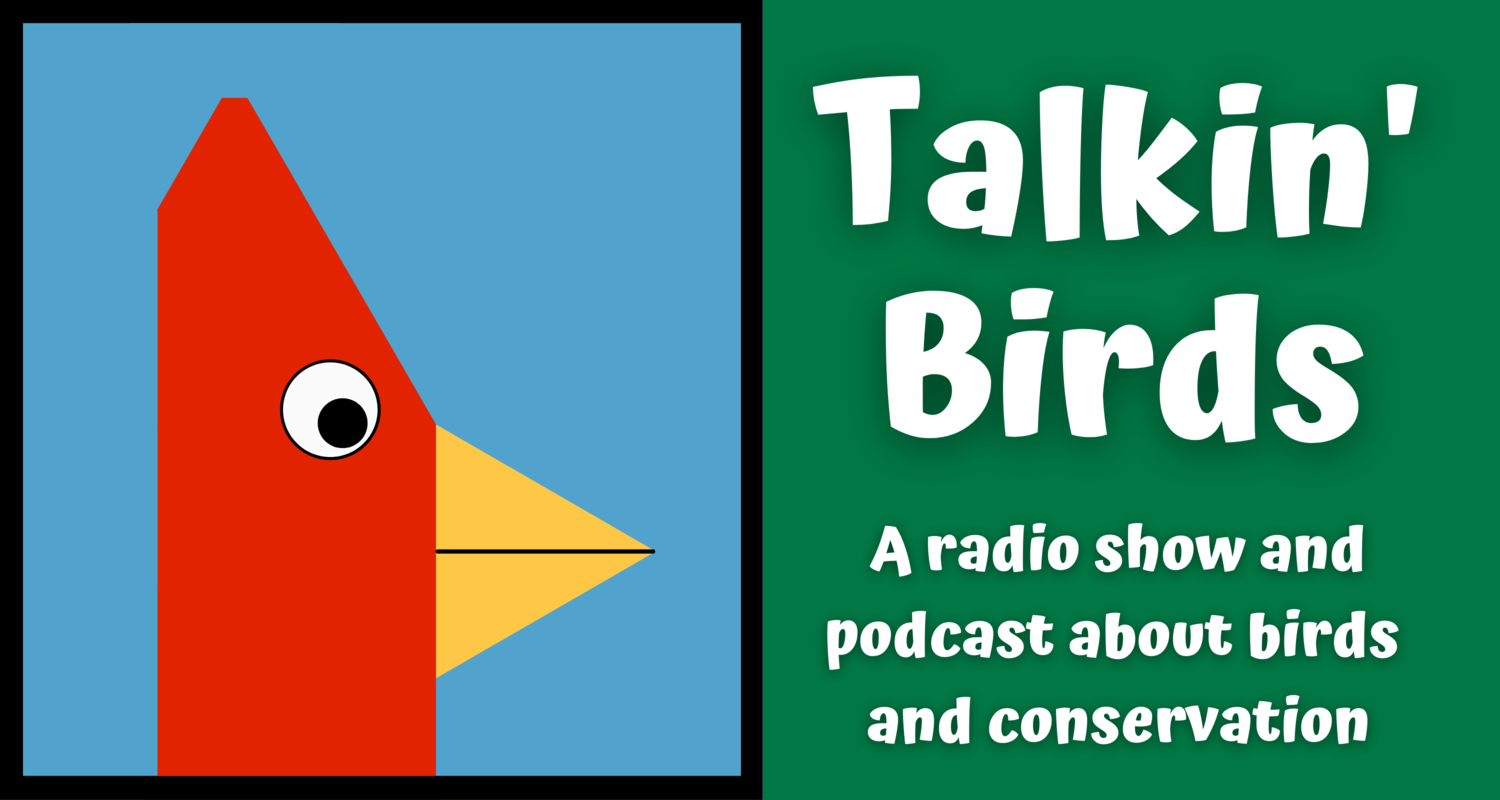from listener Dave Titterington, The Wild Bird Habitat Store, Lincoln, Nebraska
The Christmas tree is a product of Nature herself, just an infant in time when compared to the diminishing old growth forests. But these trees have served their mother well. Although carefully cultivated by human hands, cut fresh in their youth, then brought indoors for our enjoyment, these miniature giants carry a history of their own. These special trees we place in a stand, carefully water, and then decorate with bright lights and shiny ornaments, may at one time have hidden a frightened bird dodging a sharp-eyed predator. They may have provided shelter for a group of birds from the blustery north winds of winter. The sturdy boughs of these young trees could have gently clutched the woven twigs and grasses of a bird’s delicate nest which brought forth new life. Or they may have provided the final perch of an old and weathered avian friend. The trees of Christmas present, which once helped to hold the landscape in place contributing to the natural world, now provide for us as a centerpiece during this most beautiful of festive seasons. When adorned they stir the dreams of young children while conjuring up past memories for those whose belief in a jolly fat man dressed in red, sliding down a soot filled chimney, have long since faded.
But once the tattered wrappings and unfurled bows from the long awaited opening of the gifts have been pushed aside; once the strings of colorful lights and assorted ornaments have been carefully packed away to wait another year; these trees we befriended can once again, in their remaining days, provide one last benefit to the natural world. When retired to the backyard, these worn-out and tired symbols of Christmas, which families gathered around to express their love for each other and celebrate the season, can provide a renewed source of enjoyment. Placed back in the outdoors, these trees of Christmas past can once again provide shelter for feathered visitors from the harsh winter winds or lurking predators. And when the glass decorations that hung so precariously from the limbs of these trees in a warm living room are replaced with bits of suet and seeds, along with garlands of popcorn and fruits, they will then also provide a source of nourishment for the wildlife that seek their beckoning shelter. And once again, mothers and sons, fathers and daughters, families and friends, can gather to celebrate the remaining days of these trees that we treasured so dearly for a few short moments in time.
Suet Cubes: Cut 10 inch pieces of string and tie the ends together. Lay the knotted end down in the bottom of an ice-cube tray. On low heat melt suet or lard in a pan stirring in bird seeds, peanut butter, and nut pieces. When melted pour the mixture in the ice-cube trays with the string. Place in the refrigerator to cool and harden. Remove the suet cubes from the tray and hang on the tree branches..
Fruit Wreath: Cut 10 inch pieces of thin wire. Thread a variety of diced fresh or dried fruit onto the wire. Cranberries work well and add color. Once you have threaded the fruit on the wire, bend it in a circle and twist the ends together. Hang from tree limbs.
Peanut Tassels: Thread a needle with strong line through 6 to 10 peanuts. Tie a small twig on the opposite end to prevent the peanuts from slipping off. Remove the needle and tie a loop in the end of the string. Hang the loop on a tree branch.
Pine Cone Feeder: Attach a string to the end of a pine cone. Generously spread peanut butter on the pine cone. Roll the peanut butter-covered pine cone through a bird seed mixture. Tie the coated pine cone to a tree branch.
—————————————
Dave’s Wild Bird Habitat Stores are celebrating their 25th year as a family-owned independent backyard birding retailer in Lincoln, Nebraska. The company has won many awards for their commitment to the community, bird conservation, environmental education, and outdoor recreational birding. Check out their website here.
